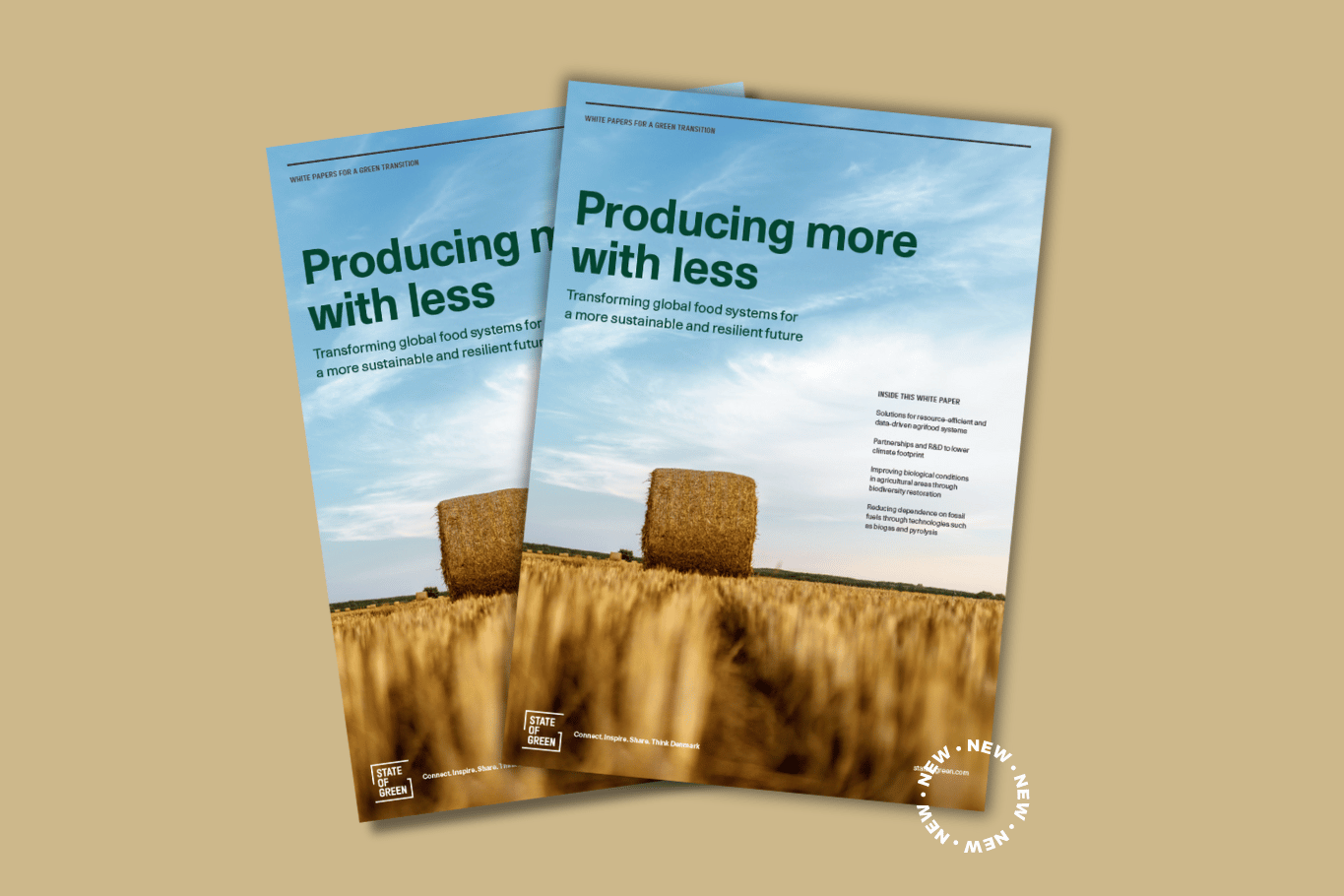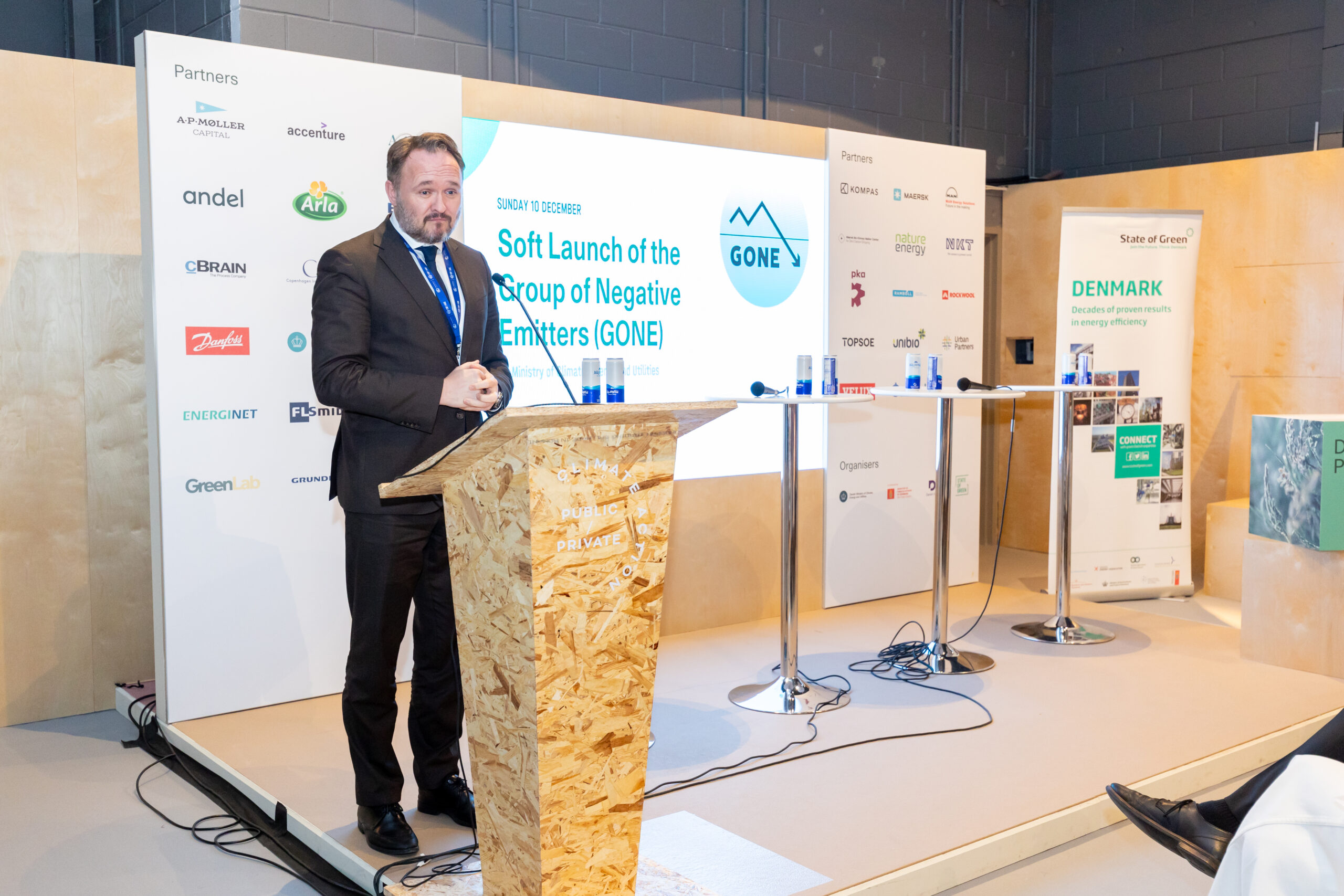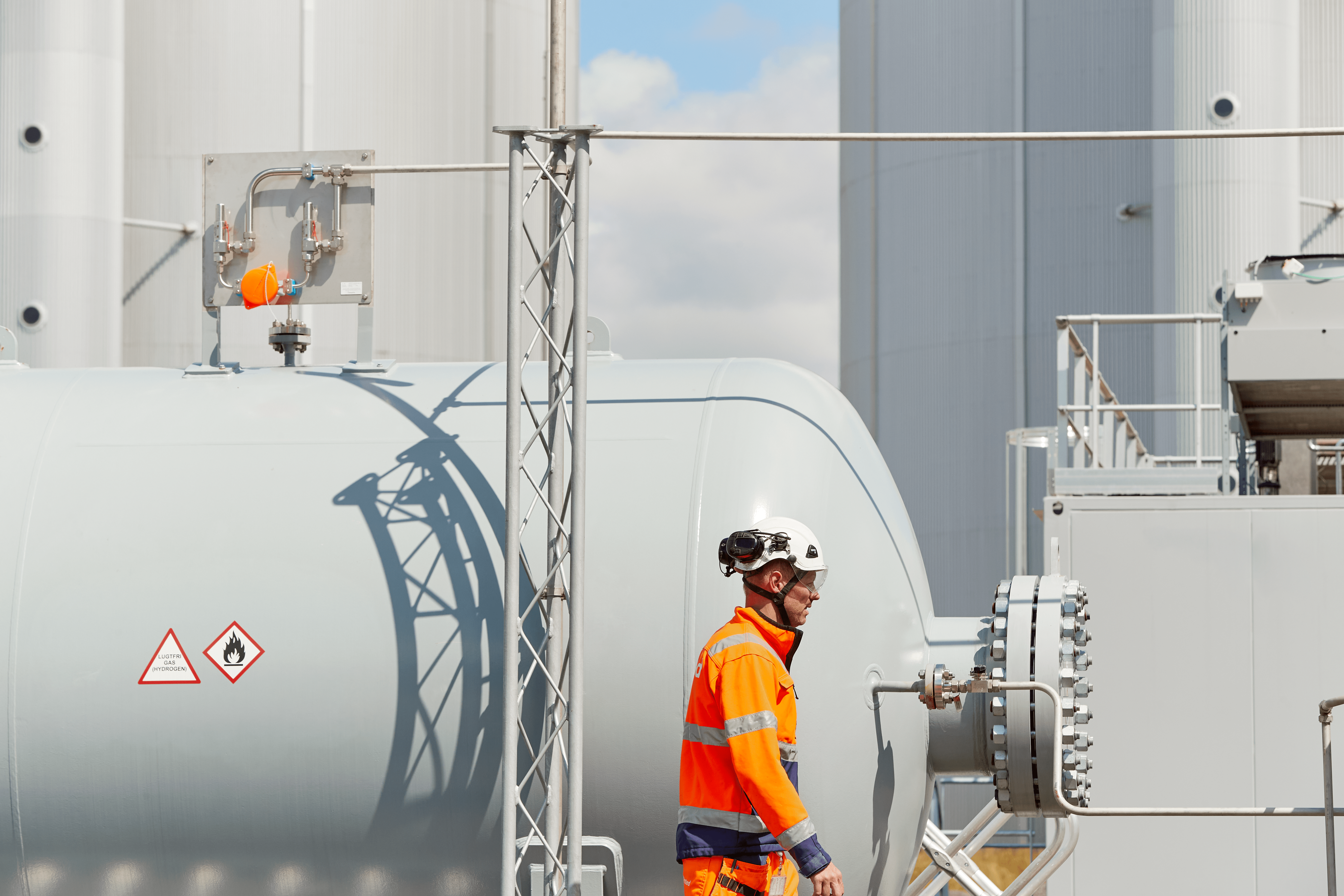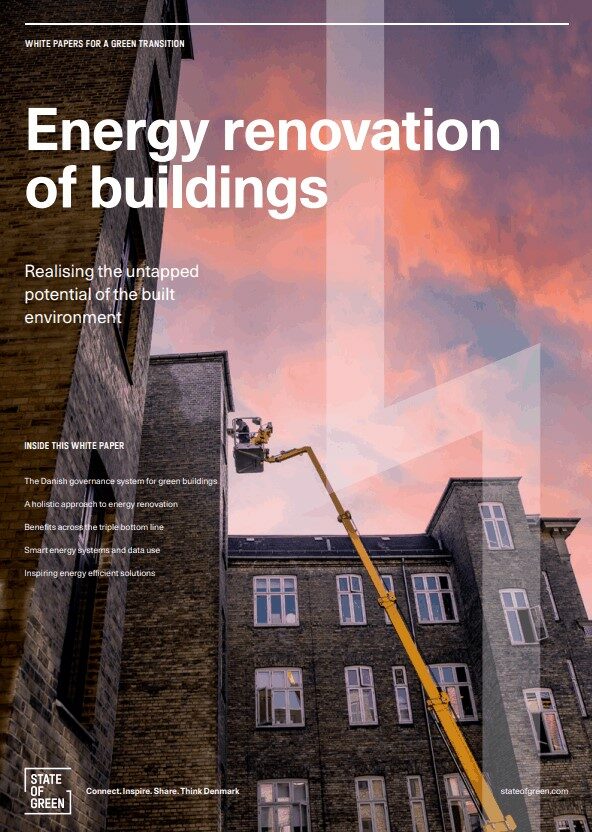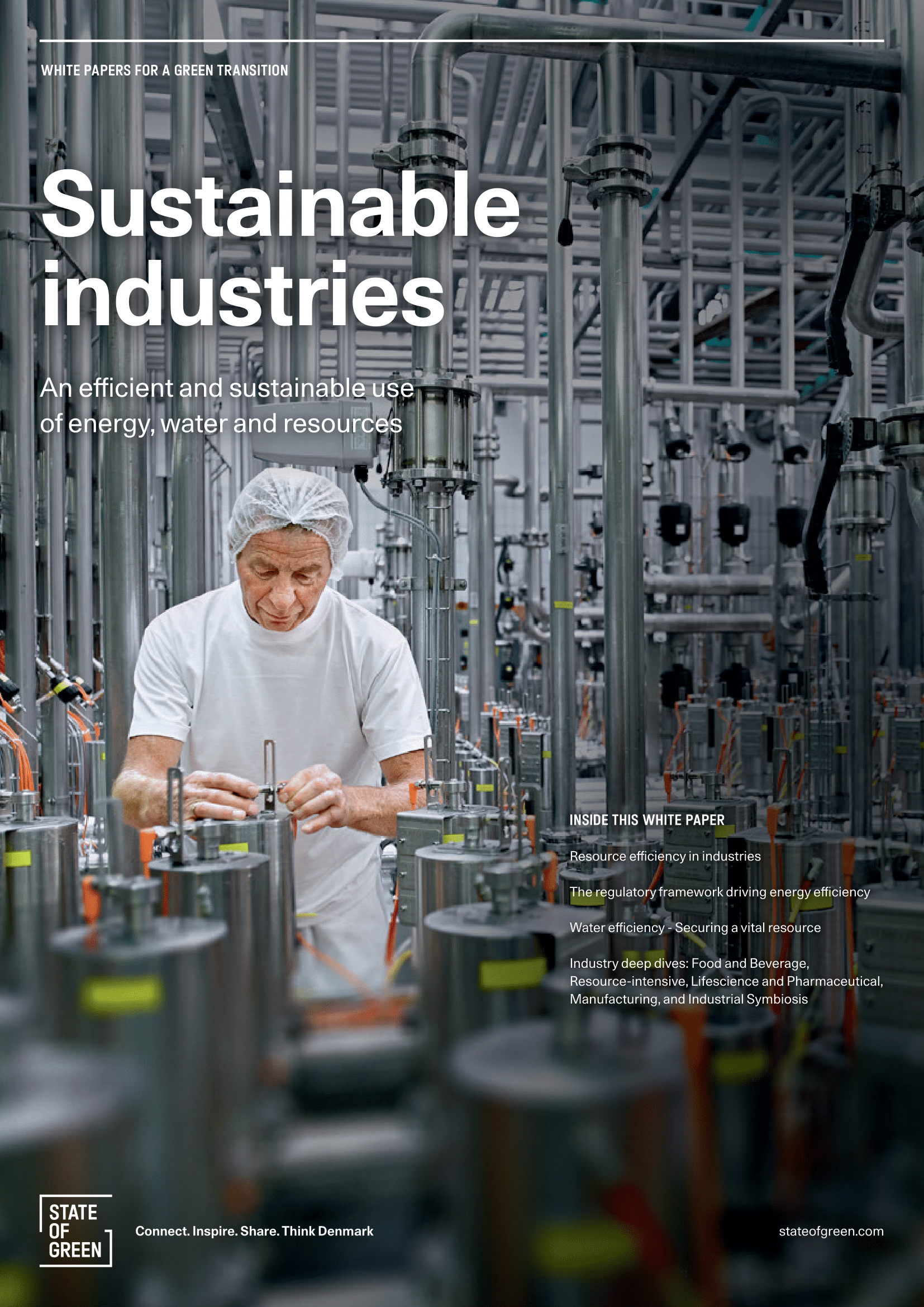News
Circular business models
Circular value chains
Energy efficiency in industry
+1
UN highlights GreenLab as best-practice of how to accelerate industrial decarbonisation
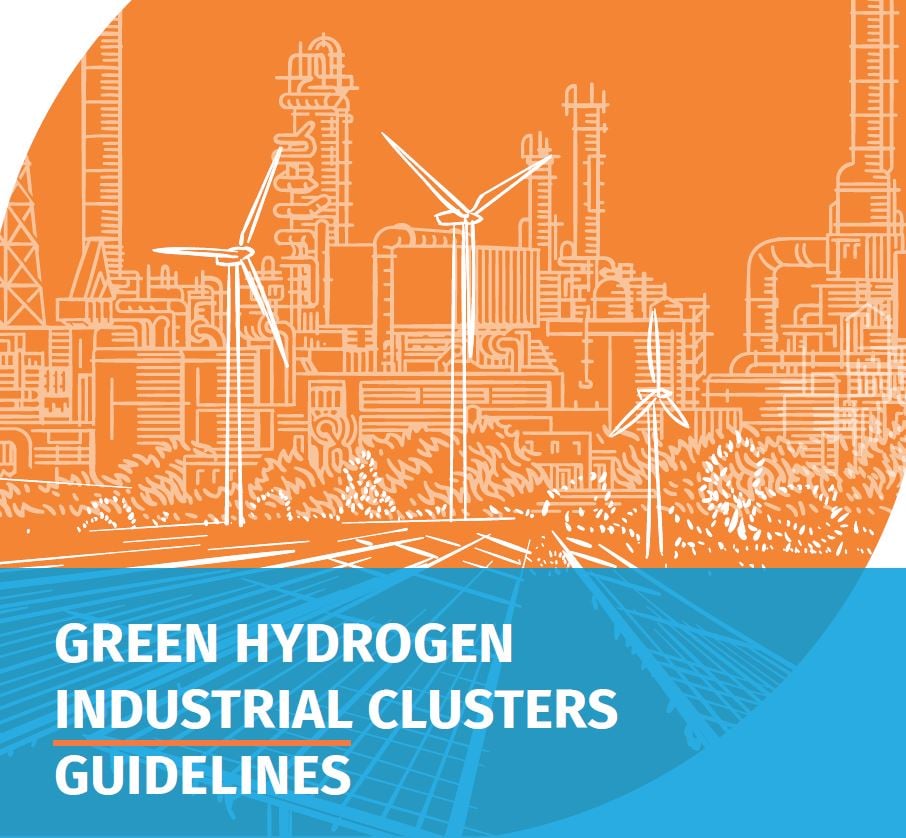

GreenLab is proud to be featured as a best practice case in a report released by UNIDO as part of their Global Programme for Hydrogen in Industry on August 9, 2023. GreenLab is co-author on the report which shares a model and a set of guidelines on how to successfully establish Green Hydrogen Industrial Clusters, and GreenLab in Skive is considered an innovative model that UNIDO recommends be replicated. Green Hydrogen Industrial Clusters are seen as crucial to decarbonate and replace fossil fuels in hard-to-abate sectors and ultimately to reach the targets set in the Paris agreement.
Why build Green Hydrogen Industrial Clusters?
A Green Hydrogen Industrial Cluster (GHIC) is defined by being a cluster of industrial entities in a small geographical area that share green hydrogen and renewable energy for different purposes, including material production, heating and cooling, power balancing, local mobility, and industrial feedstock. They are seen as holding enormous potential for reducing greenhouse gas emissions, promoting investment, creating local employment, and fostering economic growth that is environmentally sustainable and socially responsible.
Christopher Sorensen, GreenLab CEO, says: “We are very proud to be collaborating with UNIDO on how to create a model that not only decarbonizes industrial processes, but also supports local green growth. Our goal at GreenLab is to show how the entire energy eco-system must be reorganized to reach sustainability goals, and that co-located energy production and consumption, energy conversion, and resource redistribution through green industrial clusters are key to realising this. Green Hydrogen Industrial Clusters are also a blueprint for how to support sustainable industrial production in developing countries and transition economies as well as in rural areas of developed countries, so they are one of the keys to achieving a just green transition. We have proven that in Skive, and we believe our model can help prove it in many other places as well”.
Hydrogen is a global affair with global potential
UNIDO’s Global Programme for Hydrogen in Industry was launched in 2021 with three overall purposes: To accelerate the use of green hydrogen in the industries of developing countries, to support industrial decarbonisation, and to support the development of new, low-carbon industries.
Petra Schwager, Chief of Climate and Technology Partnerships (CTP) Division at UNIDO, hopes the model and guidelines that have just been published will have a global impact: “Hydrogen is a global affair that we can only move forward together, and UNIDO finds GreenLab interesting as a knowledge partner to join hands with to finetune our model. Together with our partners from government and industry, we aim at applying and replicating iGH2 industrial clusters for developing and transition countries. We believe that UNIDO’s Global Partnership for Hydrogen in Industry can convene the relevant stakeholders represented from government, industry, private sector, research and academia, NGOs and youth to provide a platform that accentuates the voice of developing countries and identify their priorities and needs in the developments for green hydrogen”.
As a contributor to the guidelines, Christopher Sorensen will join UNIDO in disseminating the findings during the year, leading up to COP28 in Dubai where the goal is to launch partnerships and take concrete steps to develop Green Hydrogen Industrial Clusters worldwide.
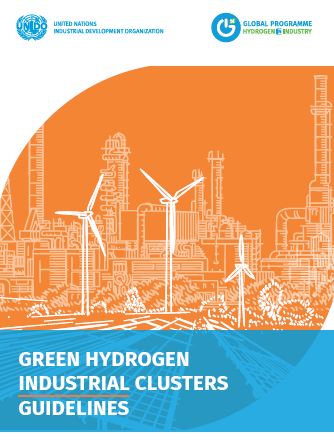
You should consider reading
publications
Resource efficient production
+7

